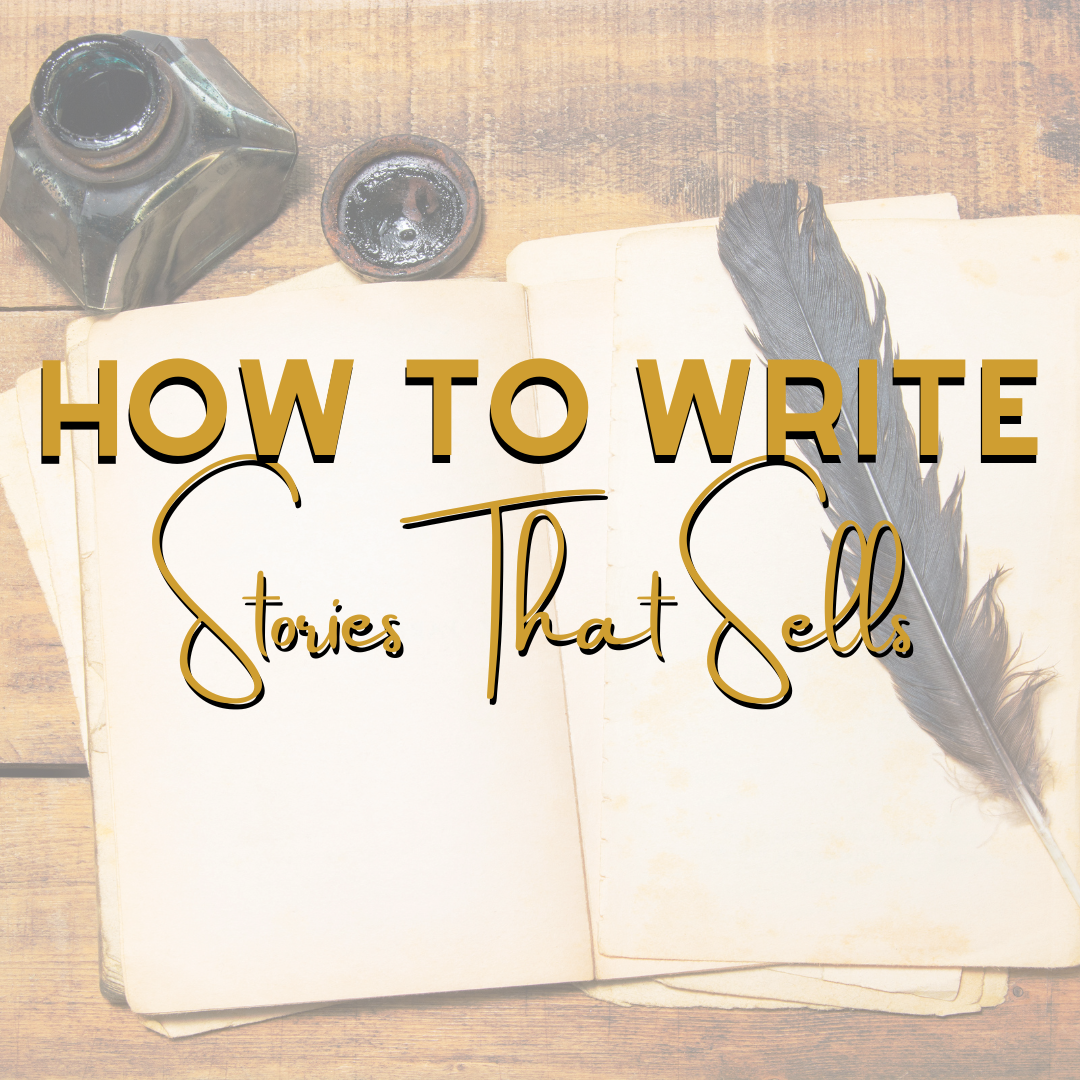
How To Write Stories That Sell
“Knock Knock Kiss Kiss”
Who begins a story with a phrase? Truth is that the audience love how simple stories are told. Starting with why you want to write or tell a story
Stories are memories. To narrate events, communicate interest, express, and entertain. Told in different forms. Like folktales, poetry, music, play etc. it’s a way to get people’s attention.
Everybody loves stories. How do you tell yours? Would it have caught anyone’s interest? Remember nobody can tell your story. To do that, you meet the audience half-way with techniques. To contain your objectives.
However, either you use these techniques or not. The best way to telling a story is simplifying the narrative. Know the purpose of telling a story. It must be readable, simplified, and active. The love for stories gives no room for jargon.
About 13 years ago, a chaos started in my area. People were sent out of their homes by landowners. On my way back home. The hoodlums attacked me and my cousin. Had to run like a cheetah. On arrival we were sharing our ordeal with the family. My cousin was telling what went down. When everyone requested, I tell it instead. As if it makes any difference, what I thought at least. Same story no exaggeration. It was how I narrated the scenes that made it interesting for them.
Makes me understand. Even in tragedy people wants entertainment. While collecting information.
What are the Set of Rules to Write Stories that Sells?
- Readability – when writing think of the audience. How quick do they read? How do they relay understanding with what’s read? What’s their readability scale like? Make your story readability at least a grade 6 – 9. Don’t fill the story with wordy sentences or complex grammar.
- Passive or Active Voice – context must be in active voice not passive. Using active verb keep it simple. Helps the reader or listener stay on the subject and purpose of story. Don’t play with words and make everything complex. You don’t need to - if you don’t know how.
- Easy-to-read sentences – make your sentences clearer and simple. Don’t make the audience struggle between lines. Write consistent story. Don’t jump around.
- Alternatives – alternatives are rescues during editing. Don’t end sentences with an adverb. Your story is a performance. Narration is about action. Not Peter and Paul finding seats in every wall.
- Phrases –It’s not advisable starting stories that way. But styles varies. Avoid phrases that don’t match the story. Every phrase used must hook the audience to the story. Not disappoint them.
- Header – this is the introduction to the story. Starts with a question or an argument or a phrase.
- Hook –catches the attention of the audience. It's the trigger for interest to your story.
- Objective – your story must have what it wants to achieve. This helps in constructing a well-to-do storyline. Without objective, your story is meaningless.
- Body – this is the story content itself. Whole experience or information. This part could take the entire universe. Ensure you are precise on what’s important. No eenie menie manie mo.
- Conclusion – its important knowing to end a story. Every beginning must – don’t retire your argument in blindfolds. Either end a story asking the audience point of view or summarize in 2 lines.
- Listener or Reader Action – this is usually what the audience do after reading or listening. Give credit. Or perform an action. So, write meaningful and engaging story from start to finish.
0 Comments Add a Comment?